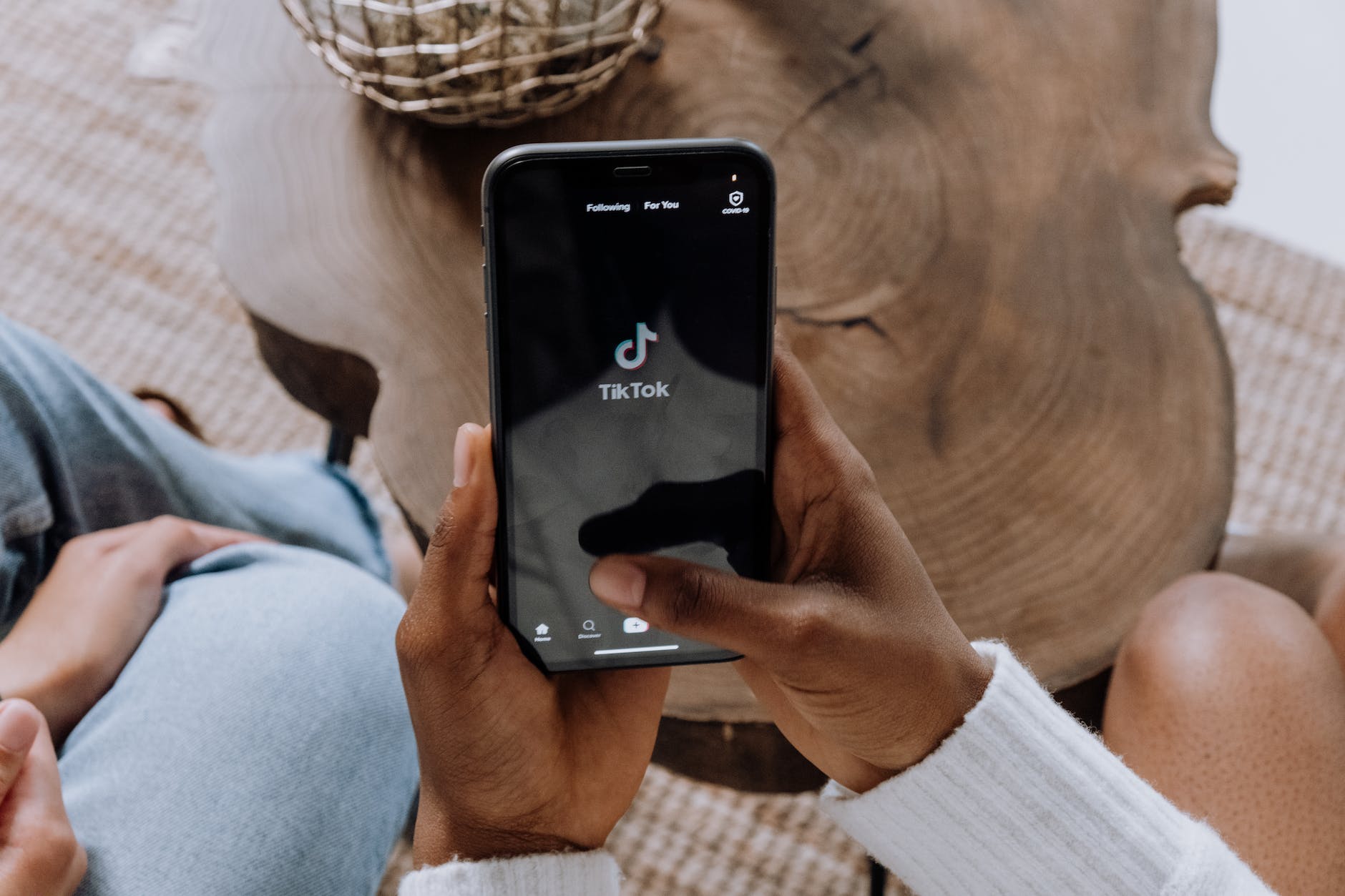TikTok’s Cultural Dominance
This TechScape article discusses the rise of TikTok and its impact on the social media landscape. In the mid-2010s, social media platforms like Facebook, Instagram, and Twitter were dominant, but they began to lose their appeal, especially among teenagers. TikTok, a short-form video app, emerged as a disruptive force in 2018 after merging with Musical.ly. The COVID-19 pandemic further solidified its popularity, attracting millions of users.
TikTok’s success can be attributed to its unique algorithm, which curates content based on user engagement rather than a chronological timeline. This algorithmic approach allows new users to gain popularity quickly, regardless of their follower count. TikTok’s content ranges from funny and entertaining videos to controversial or cringe-worthy content, capturing users’ attention effectively.
In response to TikTok’s dominance, other social media platforms such as Facebook, Instagram, YouTube, and Snapchat attempted to replicate its success with features like Reels and Shorts. However, these efforts failed to slow down TikTok’s growth, which reached over one billion users by 2021.
The article suggests that TikTok’s algorithm-driven approach changed the social.
Thoughts
Of course, it affects our autonomy and free will; our decisions and behaviour are influenced by what we see.
About authenticity, there are higher gaps in social connections. It’s more impersonal.
We should be concerned about the impact of digital influence.
Whether it enhances or limits our exposure to diverse ideas and viewpoints depends on the user. If they’re autonomous enough to understand when it’s time to break the line to find something completely different, that means you know when it’s time to break your algorithm and your flow. It’s like in a library, you choose when to go from one category to another, or from one author to another who has opposite ideas to the one before.
The platform should make this easy and transparent.
Source:






Leave a Reply